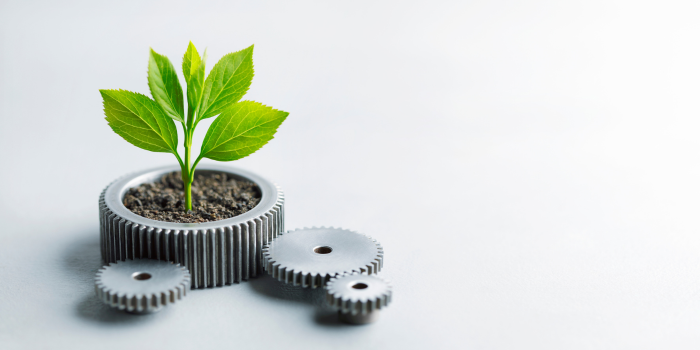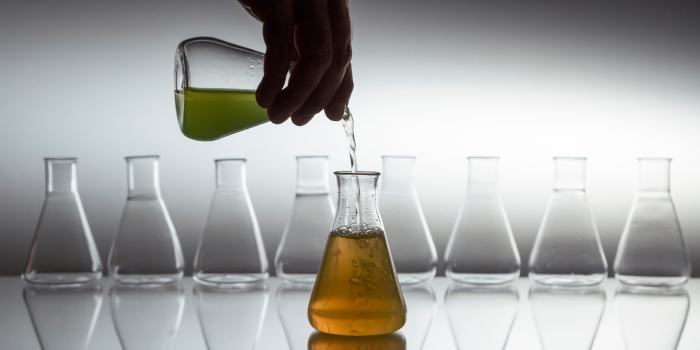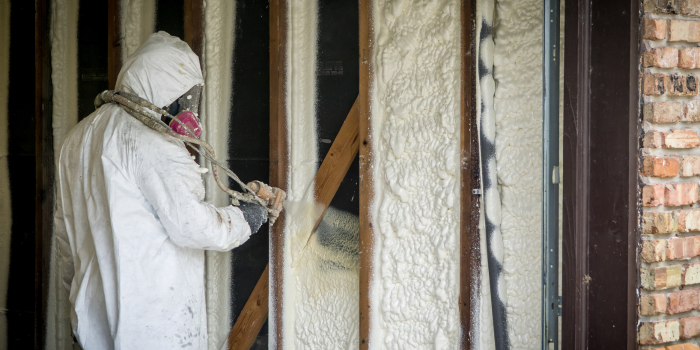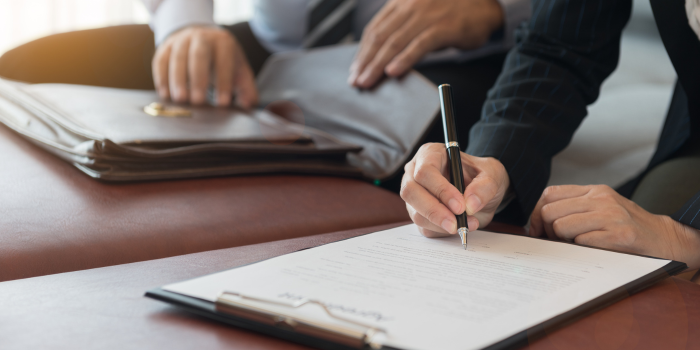Navigating the 'Green Wave': An In-depth Look at Eco-friendly Spray Foam Insulation

THE WOODLANDS, TX – October 11, 2023 – As society reckons with the consequences of environmental degradation, numerous industries have begun to ride a burgeoning 'Green Wave.' This movement, characterized by a widespread commitment to environmental sustainability, has notably permeated the construction sector. One area witnessing a significant shift towards green alternatives is insulation.
Within the field of insulation, there has long been a balancing act between the ecological impact of various forms of insulation, and their consequent energy savings over the lifetime of a building. In the modern era, spray foam insulation has risen as a form of insulation that may have higher ecological impact upon installation compared to more traditional products, but its longevity, energy efficiency, and multi-purpose application are unmatched when looking at the lifespan of a building.
What is Eco-Friendly Spray Foam Insulation?
Eco-friendly spray foam insulation represents a sustainable alternative to traditional insulation materials. It encompasses a variety of products manufactured from renewable resources, significantly reducing the reliance on non-renewable, fossil fuel-based inputs that are commonly used in traditional spray foam products. Eco-friendly spray foam insulation integrates bio-based materials such as soy, castor oil, or other plant-derived compounds The manufacturing process of these products generally results in lower greenhouse gas emissions, contributing to the broader effort of mitigating climate change. The use of recycled content is also a good indicator of whether a spray foam product is environmentally friendly.
The advent of advanced blowing agent technologies which use hydrofluoroolefins (HFO) instead of hydrofluorocarbons (HFC), combined with sustainably sourced spray foam materials, offers up a solution with an incredibly low Global Warming Potential (GWP). With Canada's policy to reduce gas emissions and move towards low-GWP, HFO blowing agents allow spray polyurethane foams to achieve a GWP as low as 1, with zero ozone depleting potential.
Performance Comparison: Eco-Friendly vs. Traditional Spray Foam
The transition towards green alternatives doesn't merely boil down to ethical choices or regulatory compliance. Performance, a key consideration for contractors and consumers, plays a crucial role in the adoption of these alternatives. So, how does eco-friendly HFO spray foam insulation measure up against traditional HFC insulation?
When assessing insulation materials, the R-value—a measure of thermal resistance—is a standard metric. Early indications suggest that eco-friendly spray foam insulation can compete with traditional spray foam on this front, offering similar R-values.
However, the benefits of eco-friendly alternatives extend beyond comparable R-values. Green spray foams often showcase enhanced resistance to moisture and heat, leading to greater longevity and durability of the insulation layer. These properties make eco-friendly spray foam a strong contender in the insulation market, challenging the dominance of conventional spray foam.
Delving Deeper: The Environmental Impact of Traditional Insulation
To truly appreciate the emergence and importance of eco-friendly spray foam insulation, one must understand the environmental cost associated with traditional insulation materials. Traditional spray foam insulations, primarily composed of petroleum-based products, contribute to increased carbon emissions throughout the manufacturing lifecycle.
Performance Analysis: Going Beyond R-Values
While R-value is a key metric in assessing insulation materials' efficiency, it's not the only factor to consider when choosing an insulation material. The moisture and air resistance of eco-friendly spray foam can result in improved indoor air quality, less condensation, and reduced risk of mould growth. Additionally, some green spray foams offer radon-resistant properties, adding another layer of value for consumers.
Eco-friendly spray foam insulation also contributes to overall energy efficiency. It forms a continuous, airtight seal that effectively reduces energy loss through gaps or cracks—a common issue with traditional insulation materials. Over time, this energy efficiency can translate into significant cost savings for homeowners, potentially offsetting the higher upfront costs.
Broadening the Lens: Supply Chain Considerations
The shift towards eco-friendly spray foam insulation also prompts a closer look at supply chain processes. The cultivation, extraction, and processing of plant-based materials used in green spray foam can have their own environmental impacts.
Sustainable farming practices, ethical labour conditions, energy-efficient manufacturing processes, and responsible disposal methods all factor into the truly 'green' status of these products. As such, industry stakeholders and consumers must consider these aspects to ensure that the switch to eco-friendly alternatives aligns with the broader goal of environmental sustainability.
Looking Ahead: The Role of Innovation and Regulation
Looking forward, the industry, will likely see increased innovation in eco-friendly spray foam insulation. Continuous research and development will enhance the performance and cost-effectiveness of these materials, making them a more attractive choice for consumers and contractors alike.
Additionally, regulations will play a critical role in promoting green alternatives. Building codes and standards increasingly prioritize energy efficiency and sustainability, which can drive demand for eco-friendly insulation materials.
Conclusion
The rise of the 'Green Wave' has led to exciting developments in the insulation industry. Eco-friendly spray foam insulation is at the forefront of this transformation, offering a viable and increasingly popular option for both residential and commercial applications.
While challenges such as higher costs of raw materials and supply chain sustainability persist, the potential of these green alternatives is undeniable. As the industry and consumers continue to prioritize environmental sustainability, eco-friendly spray foam insulation will play a pivotal role in shaping the future of insulation.
Mickel Maalouf is a LEED Green Associate and senior representative for sustainable building science with Huntsman Building Solutions.
For use by SprayFoamMagazine.com & Spray Foam Magazine

Disqus website name not provided.










































